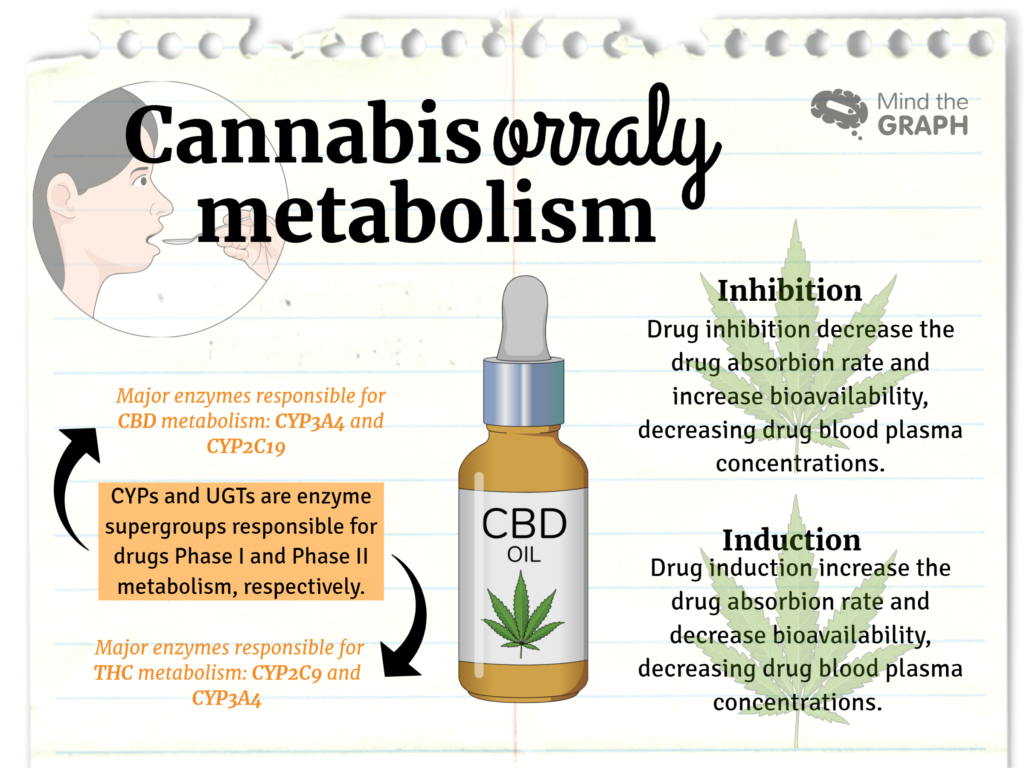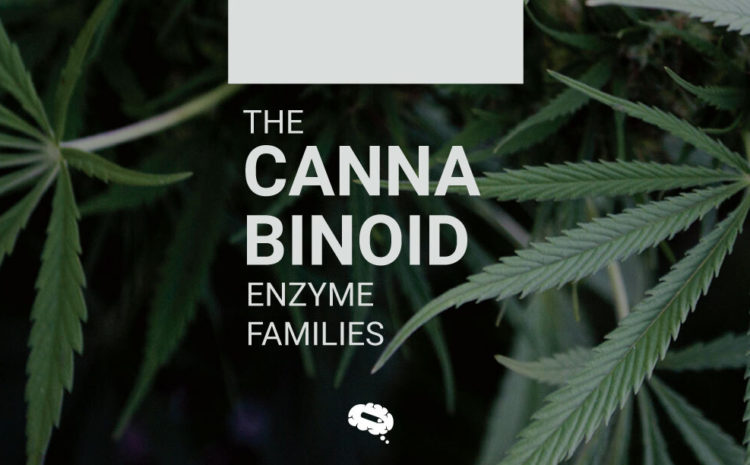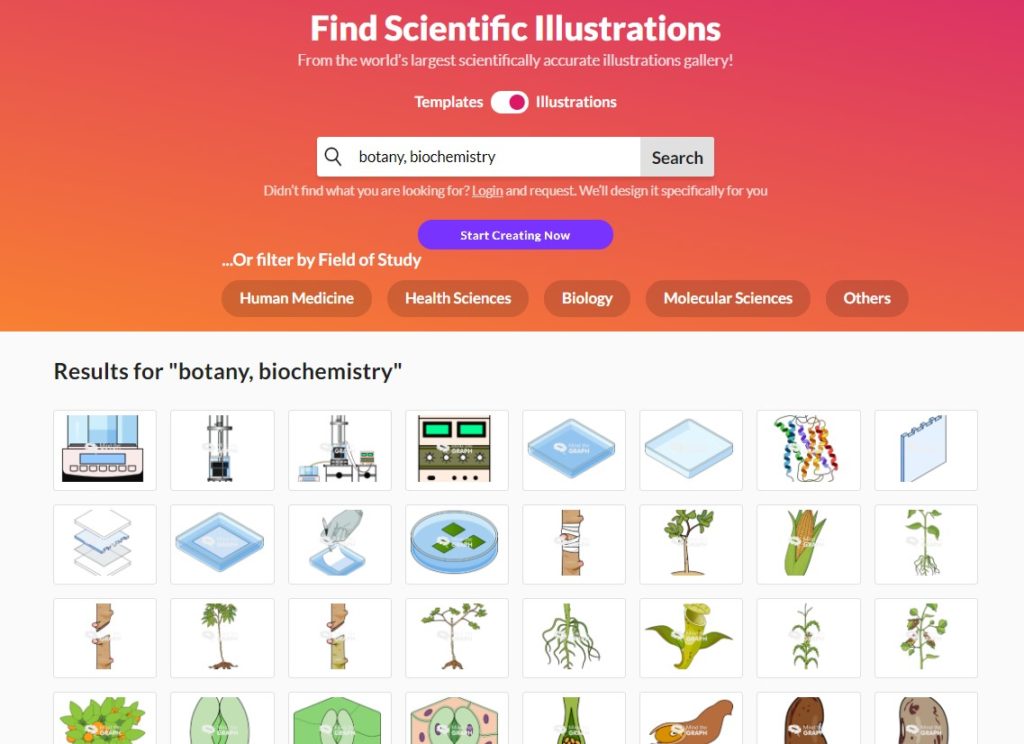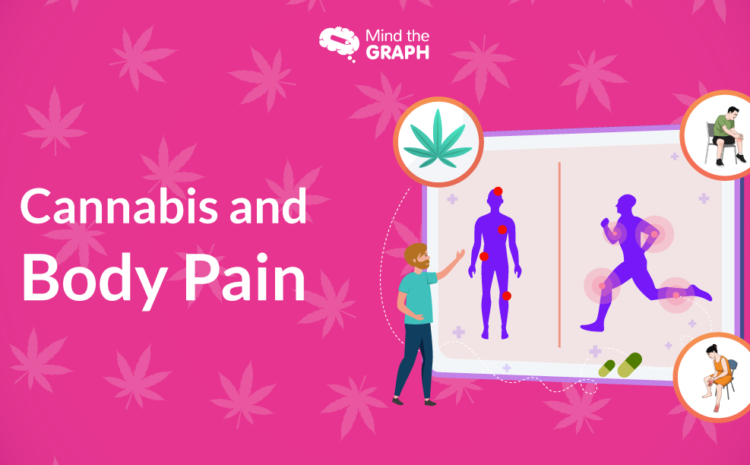If you want to know what science says about cannabis’ bioavailability and P450 cytochrome cannabinoids’ metabolism, this article is for you.
Although there is not much data when it comes to cannabis-based medicines, studies have already allowed scientists to predict efficiency, safety, and drug interactions. And even with not many assertive results about cannabinoid treatments or cannabinoids themselves, studies had reported conclusive positive results of patients who had the quality of life improved.
The first step of an orally taken medication is to be metabolized by enzymes in our body, which is an important step that directly influences the drug therapeutics effect.
Check out Mind the Graph Gallery illustrations related to the topic of this blog post. Click on the image below!
Cytochromes P450: The Enzymes Superfamily
A superfamily of enzymes called Cytochromes P450 – or CYPs – is the enzyme group responsible for the Phase I metabolism of many different drugs, including cannabis-based medicines.
These enzymes are mostly present in the liver, and also found in kidneys, skin, gastrointestinal tract, and even in the lungs.
CYPs enzymes act by bio transforming through oxidation of the drug active site.
A second enzyme family, also important, is the UGTs, a short name for uridine 5′-diphospho–glucuronosyltransferase.
They are the ones responsible for Phase II metabolism, in other words, these enzymes make structural changes in the substances allowing them to be excreted more easily in the urine.
Furthermore, these two enzyme groups can undergo two different mechanisms that influence their activities, they can be inhibited or induced.
Enzyme Inhibition
The enzyme inhibition happens when two medications are taken at the same time, sharing the same metabolism pathway, and consecutively requiring the same enzyme to be absorbed.
Therefore, the two different drugs compete for the same enzyme site.
It’s like when you go to a store, full of people – flashback before covid – and there is only one shop assistant available to help everyone in the whole store. Can you imagine how hard it would be to get her/his attention, right? Eventually, some clients would give up and others would wait in line to talk to the assistant. Now change the shop assistant for the enzymes and the clients for the drug substances and the shop assistant’s attention is the enzyme site available.
Well, I’m on the team “give up and leave”, but in the enzyme world this team doesn’t exist and all substances “wait to be attended” and because of that, all drug substances stand there waiting for the next enzyme site available.
In the end, the inhibition action can lead to toxic accumulation, due to the increase of drug concentration in patients’ blood plasma.
One example of that would be the inhibition of UGTs enzymes that causes a decrease of drug excretion causing accumulation in the body.
For the inhibition process to happen, one of the two drugs has to be the inhibitor, dominating all the enzyme sites, turning the enzyme sites unavailable to the other drug to bind.
Thus, the inhibited drug has its absorption rate decreased to a very low level, consequently, the drug “gets stuck” in blood plasma, increasing its bioavailability at toxic levels.
Enzyme Induction
On the other hand, in the enzyme induction process, the opposite happens. One drug accelerates the enzyme’s ability to absorb the other drug, increasing the absorption rate, consequently, the drug bioavailability is decreased in blood plasma. That can cause the drug to lose its therapeutic effect.
Some drugs have two or more metabolism pathways, which means two or more enzymes are likely to interact with the drug. However, that does not mean that drug interactions cannot still occur when two or more drugs are being taken together.
And besides the presence of other medications, the drug absorption rate can be changed also by genetic variation, diseases, age, and gender.
Cannabis-based medicines available in the market
Nowadays, we can say that there are two major types of Cannabis-based medicines available in the market the one containing all the plant components, like cannabinoids, flavonoids, terpenes, and other compounds, is classified as full-spectrum, while the other type is composed of only one component isolated, like CBD.
Of course, there are variations in between, like the ones composed of CBD: THC in specific ratios, and others with CBD not completely isolated from other plant components.
CBD is the most frequent target in cannabinoid studies, so consequently, it is the cannabinoid with more information available.
A great number of published studies report patients’ improvement when submitted to CBD treatments, while a small fraction of studies claims not conclusive results, and a tine portion even reports the patient’s aggravation.
Some of the patient’s symptoms and conditions improved by CBD treatments are seizures, pain, cancer, inflammation, anxiety, neurodegeneration, multiple sclerosis, depression, and many more.
The P450 isoforms related to cannabinoids
It is already known that CBD metabolism is carried out by two major enzymes from the P450 family, the isoforms CYP3A4 and CYP2C19.
Like any other drug, CBD bioavailability is also susceptible to changes when exposed to inhibitors or inducers drugs.
In addition, CBD is also metabolized, but at much less level, by the isoforms 3A4, 2C9, 2C19, 1A2, 2C8, 2B6, and 2E1.
As such, CBD can act as an inhibitor and/or inhibited. Some of the enzymes reported to be inhibited by CBD are CYP2C19, CYP2D6, CYP2C9, and CYP2C8.
In the UGT family, CBD can inhibit the enzymes UGT1A9 and UGT2B7. Even some CBD metabolites are capable of acting as inhibitors.
Although there isn’t much information about THC inhibit or induce action, it is known that the cannabinoid in question is metabolized by the enzymes CYP2C9 and CYP3A4.
Therefore, people who have a genetic profile characterized by a low or insufficient synthesis of those enzymes are susceptible to have THC bioavailability three times higher than normal levels, having a much ‘higher’ THC experience – got it the pun? – That is also relevant for CBD effects.

Choosing the right dosage
At last, even though cannabis scientists affirm that CBD helps patients dealing with anxiety, a careful look must be taken at the chosen dosage.
Apparently, CBD can have biphasic effects, which means that in low doses CBD has indeed anxiolytic effects, decreasing anxiety levels.
However, after a certain amount, the cannabinoid has a very different effect. High doses of CBD can cause the opposite effect and become anxiogenic, increasing anxiety levels.
So, finding the right dosage for each patient’s needs is essential to achieve the best therapeutic effects, exploring the potential of what the plant can offer without severe side effects.
The wrong choice of dosage could lead to side effects like sedation, somnolence, diarrhea, and appetite decreased.
In regards to side effects, a study published by Clinical Medicine Journal described a list of all adverse effects observed in a group of patients and other details from clinical trial studies. You can check the published article here.
Cannabis-based medicines, like any other medication that demonstrate potential at lower risks, must be embraced by patients followed by specialized professionals capable of providing patients all the information they need.
Let’s together improve our communication about cannabis-based medications and support doctors to take advantage of the plant as an alternative to develop healthy and safer treatments for everyone.
Did you like this post? Want to read more articles about cannabis? Check out other articles we have about cannabis on Mind the Grap’s blog:
References
_____________________________________________________________________________________
Are you a botanical scientist? In Mind the Graph we have an entire category for botany illustrations, you can check it out here!
If you are a new user and want to use the illustrations and add them to your infographic or presentation, you can start right now, just click here!

Subscribe to our newsletter
Exclusive high quality content about effective visual
communication in science.






